









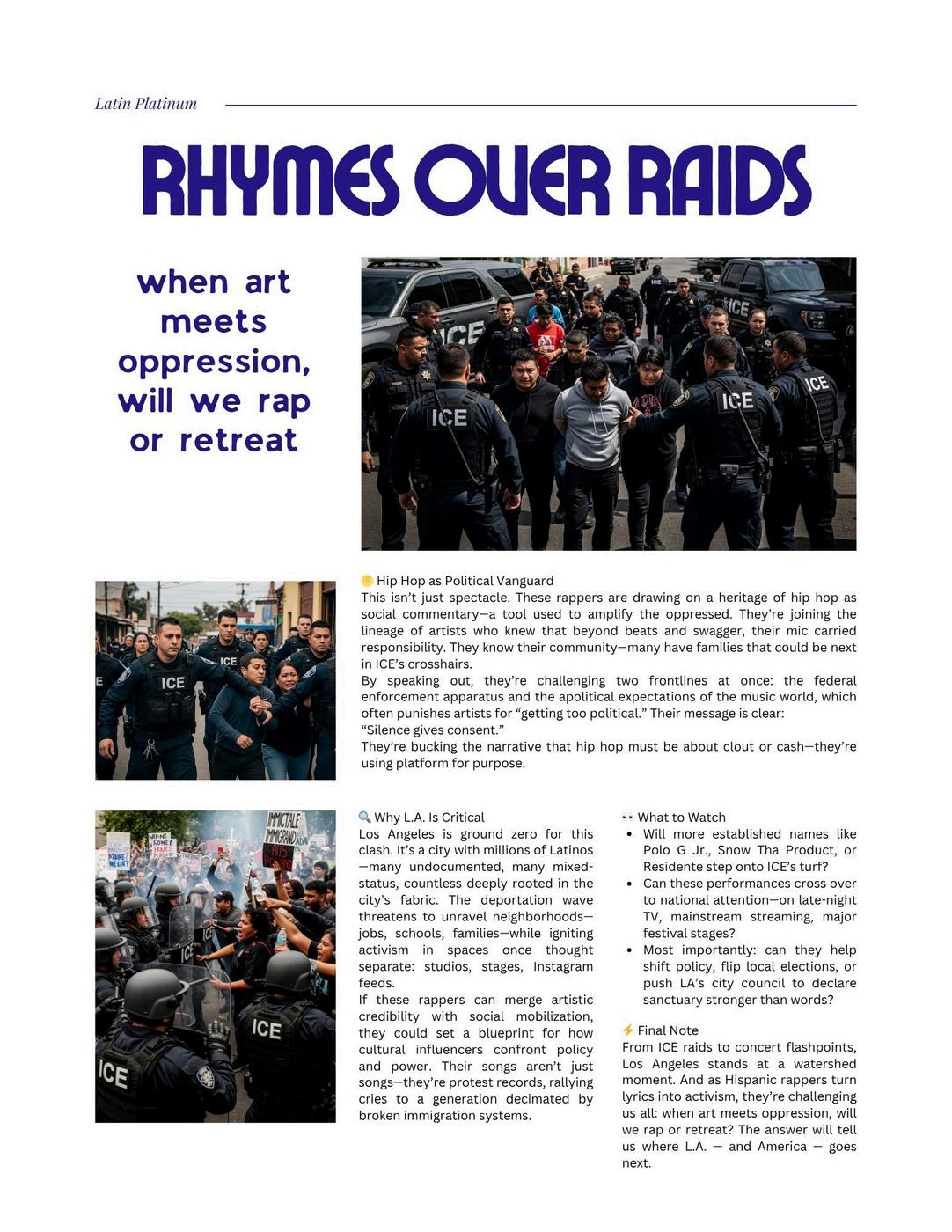
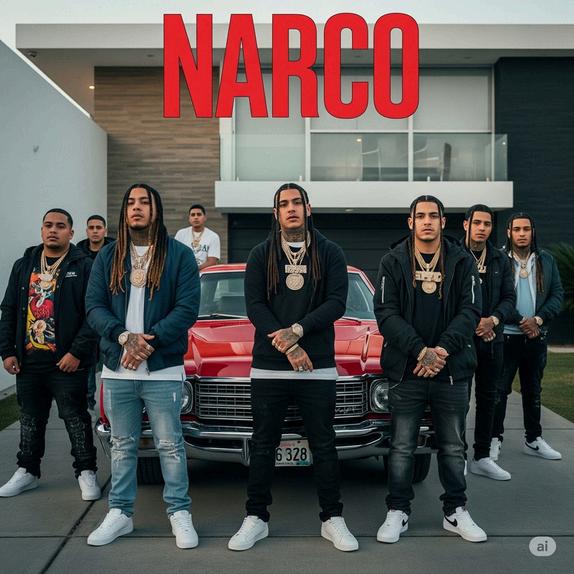













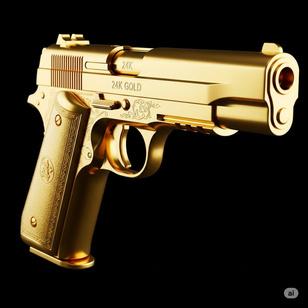
For many in Mexico and Central America, narco culture is more than myth it's identity, economy, and, tragically, survival It is romanticized in music, film, social media, and street murals To some, it's a glamorous escape from poverty To others, it's a generational curse that has turned cities into battlefields and families into mourners
Narco Dreams: The
Title: Romance, Reality, and Ruin of Cartel Culture By [Your Name] In the dusty hills of Sinaloa, on the gritty border towns of Tamaulipas, and even in the neon-lit clubs of Mexico City, narco cultura pulses like a heartbeat It’s in the corridos sung with swagger, in the luxury SUVs roaring through backroads, and in the gold-plated pistols of corrido kings It is a culture both celebrated and condemned a paradox of pride and poison

The Glamor of the Game From Netflix series to narcocorridos blasting in cantinas, the public face of cartel culture is drenched in opulence and rebellion Jewelry, designer clothes, women, mansions, exotic pets these are the hallmarks of the narco aesthetic Rappers and regional Mexican singers alike glorify the lifestyle, painting vivid portraits of a life where respect is taken, not given, and loyalty is everything
For the youth in impoverished regions, the narco dream often fills the void left by failing governments, corrupt institutions, and lack of opportunity In places where legitimate work barely pays for a meal, trafficking promises status and security. The cartel becomes the employer, protector, and sometimes even the state Narco funerals often look more like state affairs than solemn farewells Entire communities come out. Bands play tribute songs. Horses, helicopters, and fleets of black Suburbans roll through town These rituals reflect a cultural admiration not just for power but for defiance

The Guns From Jalisco to Honduras, the culture of the narco is rich and layered It's not just about drugs it's about honor codes, kinship, and a Culture Behind the twisted kind of entrepreneurship Many of the most infamous leaders
El Chapo, El Señor de los Cielos, La Reina del Pacífico are seen by locals not as villains, but as Robin Hoods who gave back to their communities, built roads, sponsored fiestas, and at handed out turkeys
Christmas

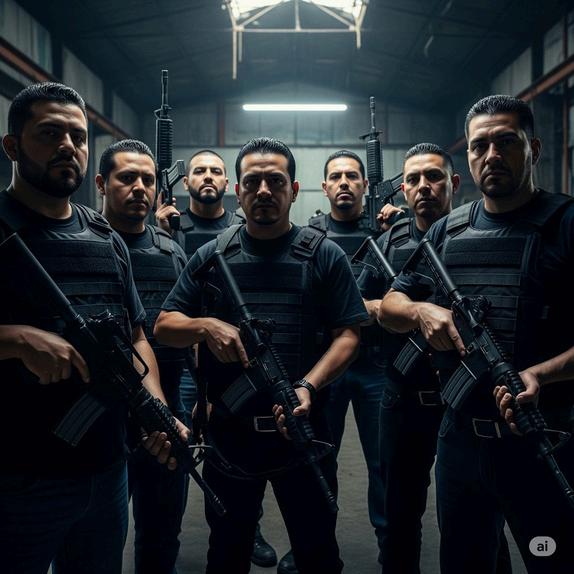
The fashion of narco culture also influences everything from streetwear to high-end labels Cowboy hats and Gucci belts AK-47 tattoos and Versace shades It’s a unique fusion of traditional Mexican masculinity and new-age extravagance intimidating, elegant, and dangerous all at once
The Blood Beneath the Gold
Narco ballads, known as corridos tumbados or narcocorridos, are the folk songs of modern warfare. They tell stories of drug lords, assassins, betrayals, and lavish exploits a modern mythology carried by banda brass and booming 808s These songs resonate deeply, especially when they mirror the realities of life under cartel rule
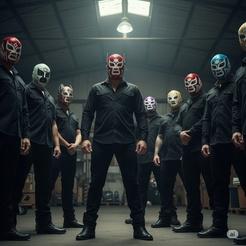
But behind the glitz lies the rot. The cartels while symbols of wealth and control are also purveyors of death. The drug war has claimed over 350,000 lives in Mexico since 2006 Mass graves, missing journalists, tortured bodies this is the brutal underside of a lifestyle that seems glamorous from a distance
Entire towns have been displaced by cartel violence Families are torn apart by forced recruitment. Women are trafficked. Children disappear The same men idolized in music often hold communities hostage with terror And across the border, the fallout continues The U.S. faces its own addiction crisis fentanyl overdoses, gang violence, broken families fueled by the very same trade that’s idolized in Mexican pop culture While Americans indulge in the product, Mexicans often suffer the production and policing There’s also a dangerous psychological toll Glorifying the narco lifestyle can blur the line between fame and fear Young boys want to grow up to be sicarios Social media influencers pose with guns and stacks of cash And legitimate culture music, film, art gets overshadowed by narco sensationalism

A Culture Caught in the Crossfire
Narco culture is not just a symptom of poverty it’s a and international It thrives where governments fail, where justice is for sale, and where dreams are otherwise out of reach.
Yet it remains seductive It promises escape It promises power And for those with nothing left to lose, it offers identity.
But it’s also a mirror One that reflects not just the violence in Latin America, but the insatiable hunger of global markets, the hypocrisy of drug policy, and the deep-rooted inequalities that keep the game going
The beauty of narco culture is undeniable So is its cost reflection of systemic neglect, both local
Final Note: Until the causes of inequality, corruption, and demand are addressed, the legend of the narco will continue to grow as will its victims It is up to both Mexico and the U.S. to choose: feed the myth, or break the cycle

K O Sizzlin’ Lifestyle
2025 s Top Cigars and the Qualities That Set Them Apart By Shawn Calvert In a world where speed and chaos dominate, lighting up a premium cigar remains one of the last bastions of ritual, relaxation, and refinement For aficionados and newcomers alike, 2025 is proving to be a golden year in the world of cigars, with craftsmanship, flavor complexity, and heritage blending into unforgettable experiences Here's a look at the cigars currently turning heads, filling humidors, and igniting palates across the globe and the reasons they’re standing out in a crowded market
1 Arturo Fuente OpusX 20th Anniversary
Father & Son
Origin: Dominican Republic
Strength: Full Why It Stands Out:
The OpusX line has always held mythical status, but the Father & Son edition turns it into legacy It’s a medium-to-full-bodied masterpiece with hints of cedar, leather, and exotic spice. The blend is aged to perfection, resulting in a refined burn and a creamy finish that makes it more than a smoke it’s a journey through time and tradition
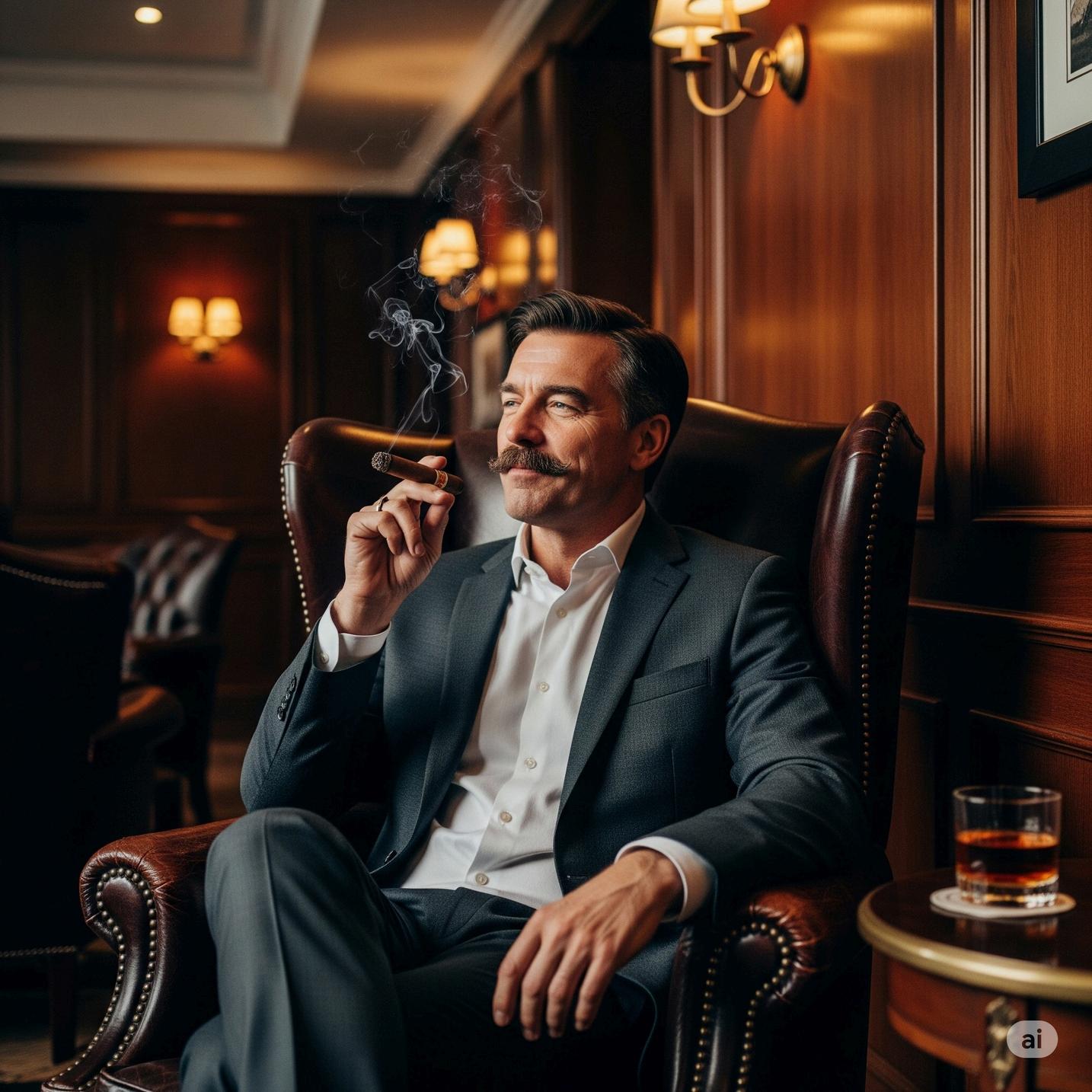
2 Padron 1964 Anniversary Series Maduro
Origin: Nicaragua
Strength: Medium-Full
Why It Stands Out:
The Padron family doesn’t miss, and this one is no exception Hand-rolled with Nicaraguan tobacco aged for four years, it delivers a rich chocolate and coffee profile with a hint of earthiness Its box-pressed format gives it a smooth draw, while the Maduro wrapper adds that touch of boldness cigar lovers crave
3 Davidoff Winston Churchill The Late Hour
Origin: Dominican Republic
Strength: Medium-Full
Why It Stands Out:
This cigar is aged in Scotch whisky casks yes, you read that right which imparts a smoky sweetness to the tobacco It's elegant and complex, with flavor notes that move from wood and black pepper to dark chocolate and dried fruit It’s a smoke that pairs beautifully with an evening pour of single malt or bourbon
4 My Father Le Bijou 1922
Origin: Nicaragua
Strength: Full
Why It Stands Out:
Bold, spicy, and sophisticated, Le Bijou ( the jewel ) lives up to its name It s a tribute to Don Pepin Garcia’s father and features a dark Pnaogtee 32a peppery start that gives way to sweet cocoa and espresso It’s a cigar that demands your attention and rewards it

K O Sizzlin’ Lifestyle
5 Plasencia Alma Fuerte Sixto II Hexagon
Origin: Nicaragua
Strength: Full
Why It Stands Out:
Unique in both shape and flavor The hexagonal box press isn’t just for show it creates a smoother, cooler draw Flavor-wise, think dark chocolate, nutmeg, and charred oak The Alma Fuerte line honors six generations of Plasencia family tobacco heritage, making each puff feel personal and powerful 6 Montecristo 1935 Anniversary Nicaragua
Origin: Nicaragua
Strength: Full
Why It Stands Out:
Crafted by AJ Fernandez, this commemorative blend takes the classic Cuban profile and supercharges it with Nicaraguan soul With waves of leather, spice, and toasted almond, this cigar is a luxurious homage to the brand's impeccable construction, and deep flavor make this a must-try for collectors and connoisseurs alike
Each of these cigars offers more than a good smoke they deliver character. In today’s world of curated experiences and selfexpression, cigars have evolved from niche indulgence to lifestyle statement Whether it's the aged tobaccos, innovative shapes, or the sheer artistry of rolling and blending, the best cigars of 2025 are unified by one thing: a commitment to experience over excess

Tagging the Culture: The Legacy and Power of Graffiti in Hip-Hop
Graffiti spray-painted monikers on train cars, wild-style murals on back alley walls, and brightly colored tags that scream for attention has long been a visual heartbeat of rebellion, expression, and urban art While many have dismissed it as vandalism, graffiti stands tall as one of the four elemental pillars of Hip-Hop culture Its roots run deep in the grit of the streets, and its impact today is stronger than ever, crossing borders, canvases, and cultural boundaries
Origins: The Streets Speak First Graffiti as a modern urban phenomenon traces back to the late 1960s and early 1970s in Philadelphia and New York City Names like Cornbread in Philly and Taki 183 in NYC began to emerge on city walls and subway trains, as young people used spray cans to make their voices and aliases heard in a world that ignored them Taki 183, a Greek-American kid from Washington Heights, is often credited with bringing graffiti into the public eye. His tagging of his name and street number all across New York prompted an article in The New York Times in 1971
Soon after, a wave of young artists followed suit, competing for the most prolific tags, locations, and eventually, style points

Styles in Spray: The Language of the Wall
Graffiti isn't a monolith It's a spectrum of techniques and subgenres:
Tagging – The most basic form: a quick signature or name, usually done in one color
Throw-Ups – Bubblelettered names or phrases, filled in quickly with two or three colors
Graffiti and the Hip-Hop Movement
In the Bronx, as Hip-Hop culture took root, graffiti evolved beyond tagging It became a form of street poetry, a language of resistance, and a crucial visual element of the movement alongside DJing, MCing, and breakdancing Graffiti gave color to the soundscapes of HipHop Where the DJ dropped beats and the MC spit bars, the graffiti writer painted the soundtrack's soul on the city itself
Writers like Dondi, Lady Pink, Futura 2000, and Seen turned train cars into moving murals, carrying their art from borough to borough Their styles evolved from simple tags to wildstyle lettering an intricate, often unreadable, interlocking web of lines and colors that required a trained eye to decipher This mirrored the complexity and rhythm of Hip-Hop music itself
Pieces (short for masterpieces) – Highly detailed and elaborate murals that showcase artistic flair, technique, and style
Wildstyle – An advanced and abstract style where letters are fused with arrows, curves, spikes, and interwoven elements
Stencils and Paste-Ups –
Made popular by street artists like Banksy, these add political satire or visual punch with predesigned imagery
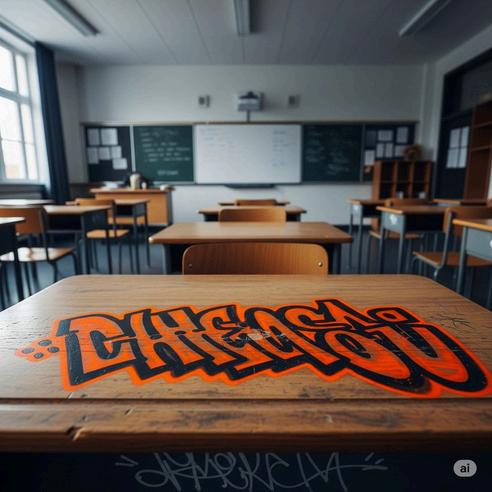
Each form serves its purpose
Some are quick hits to build street rep Others are labor-intensive works of art that can rival what’s hung in galleries
Though the NYC subway scene faded by the late 1980s due to crackdowns, graffiti never died Instead, it mutated, spread, and elevated What began in boroughs and back alleys now lives on in everything from high fashion collaborations to gallery shows to commissioned city murals Cities like Berlin, São Paulo, and Los Angeles boast thriving street art cultures with roots firmly planted in graffiti traditions
And the soul of graffiti remains tied to its Hip-Hop ancestry Rappers still shout out their favorite writers Music videos feature towering pieces in the background Murals commemorate legends lost Biggie, Tupac, Nipsey Hussle etched in aerosol on concrete like modern saints in stained glass

Graffiti today walks a line between rebellion and respectability It’s both outlaw and icon In one breath it’s punished by city ordinances; in another, it’s celebrated by art institutions and monetized by brands hungry for street cred
But at its core, graffiti is still a cry for identity in a noisy world It is, and always has been, about being seen
In a society that often erases marginalized voices, graffiti says, “I am here I exist I matter ”
From the back alleys of the Bronx to the walls of global cities, graffiti lives Not just as an art form, but as a movement vibrant, defiant, and forever intertwined with the beat of Hip-Hop
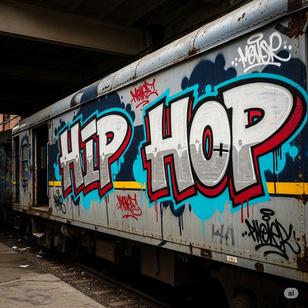
“Graffiti is not the art of vandals; it’s the voice of the unheard.” — Anonymous writer from the 6 train